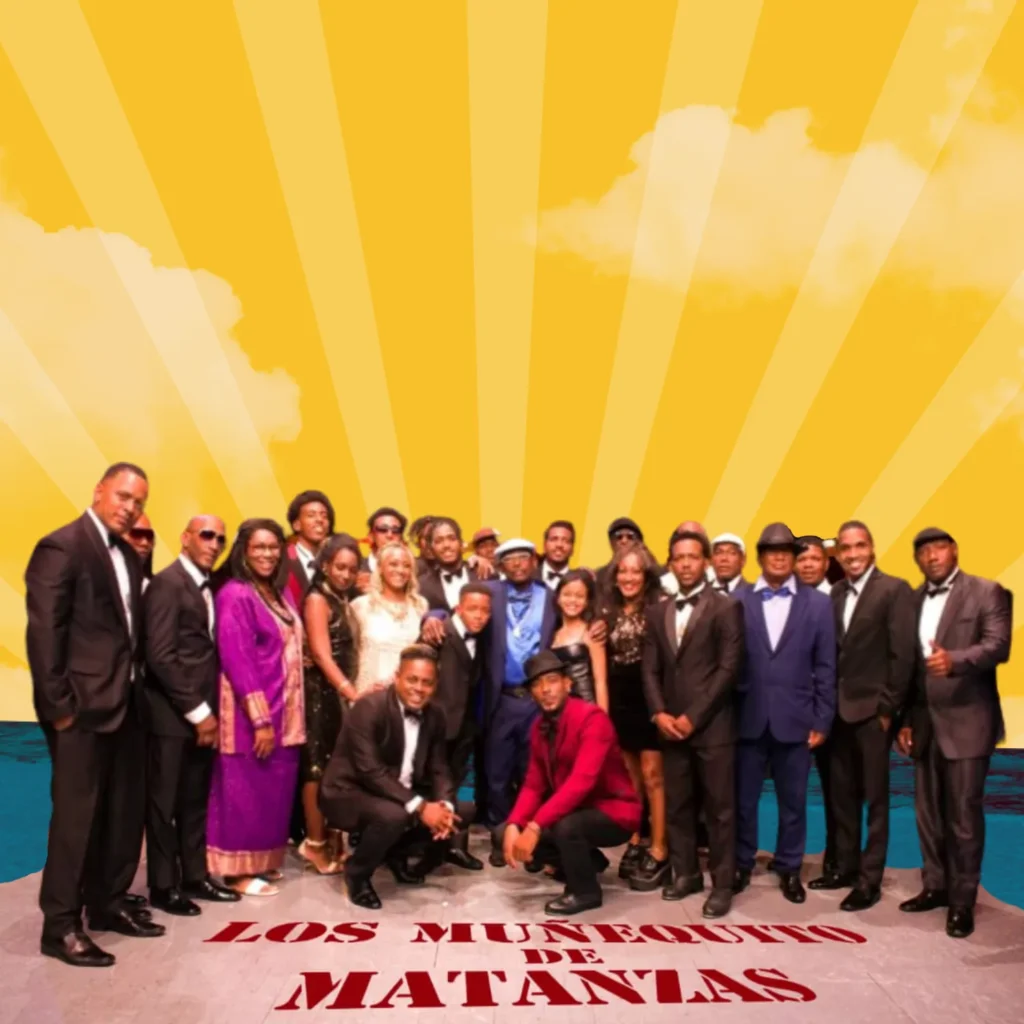Los Muñequitos de Matanzas is a Cuban rumba ensemble from the city of Matanzas. The group was founded in 1952. They are one of the most successful and critically acclaimed rumba groups of all time. For 71 years now, Cuba’s most important rumba group, Los Muñequitos de Matanzas, has earned admiration with their drums, singing, and dance, in an all-encompassing art form. They are celebrating these seven decades as one of the most recognized groups cultivating rumba, a musical genre which was declared World Intangible Heritage by the United Nations Organization for Education, Science, and Culture (UNESCO).
The group, founded in 1952 as the Guaguancó Matancero in the Marina neighborhood of Matanzas (some 100 kilometers east of Havana), have since performed on stages in the United States, Britain, Spain, Costa Rica, Brazil, Puerto Rico, Mexico, Germany, France, Japan and Canada, where they have garnered praise from audiences and critics alike. The year following their founding, the group recorded a first 78 rpm record with the Cuban Puchito label, including the tracks “Los Beodos” and “Los Muñequitos,” with the latter becoming a hit, and leading to a name change: Los Muñequitos de Matanzas. Recognized as innovators within the genre, they have continued to produce successful recordings over the years, including titles like Guaguancó, Rumba Abierta, Cantar Maravilloso, Rumba Caliente, Rumberos de Corazón (on their 50th anniversary), Tambor De Fuego and De Palo Pa’ Rumba. The Muñequitos were on tour in the U.S. that year, winning over the public and the press, which described them as “the essence of Cuba’s musical soul” (San Diego Union Tribune); “reigning regents of rumba” (San Francisco Chronicle); “truly keepers of a sacred flame” (Latin Beat Magazine); and “living lessons in 500 years of Afro-Cuban history” (Arborweb). Although the founders were genuine traditional rumberos, trained on the streets, their percussion was high quality, and coexisting within their numbers were a variety of themes: religious syncretism, the orishas, and everyday secular topics. It was not until the end of the 1960s that Los Muñequitos incorporated dance, which has contributed to a more complete presentation on stage.






















